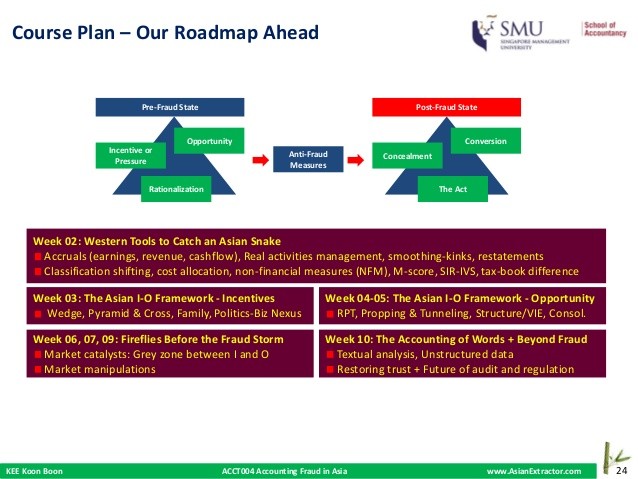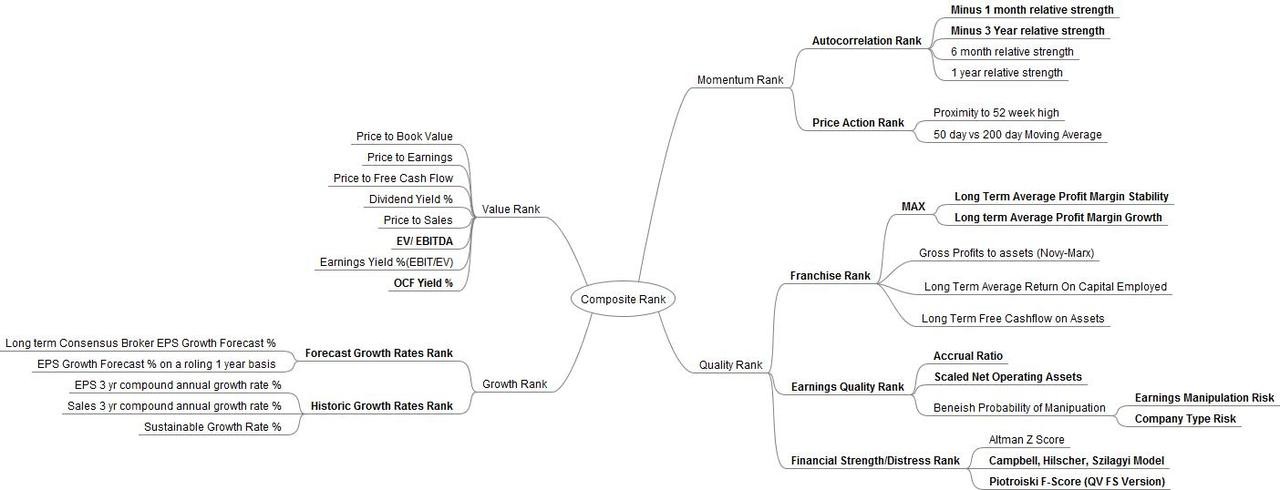The Accrual Anomaly Why Investors Should Care About Accruals & Earnings Quality
Post on: 17 Июль, 2015 No Comment

One of the most widely studied and persistent stock market inefficiencies ever identified is the accrual anomaly . It was first documented by Richard Sloan of the University of Michigan in 1996 whose ground-breaking paper found that shares in companies with small or negative accrual ratios vastly outperform (+10% annually) those of companies with large ones .
Sloan was apparently involved with auditing speculative mining companies before going into academia, which may have inspired him. In order to test out the longstanding view that investors fixate too heavily on corporate earnings and not on cash generation. he decided to rank companies based on their accrual ratio for last year’s results, i.e the size of non-cash earnings relative to total assets. He then measured how their shares performed in the year after the results were announced, effectively going long the top decile of stocks with the lowest accrual ratio and going short the bottom decile with the highest accrual ratio.
What are Accruals anyway?
Accruals are estimates made by accountants to align revenues and costs in a specific period. Theoretically, if all buyers and suppliers paid in cash when the services were provided, there would be no need for accrual accounting, but the reality of modern commerce is that, often, there is a mismatch between the timing / amounts of cash payments versus the delivery of services. As a result, a pound of company earnings may be comprised by varying amounts of non-cash earnings. The existence of such items creates a high degree of discretion in company accounts.
Let’s imagine that earnings for a company last year were £1000 but the increase in the corporate bank balance, i.e. cash-flow, was £750. That £250 difference derives from a lot of messy accrual adjustments, such as depreciation or changes in receivables. Unusually high accruals due to aggressive accounting will maximize current earnings but by necessity will likely result in lower earnings later (assuming no growth) whereas low accruals due to conservative accounting may minimize current earnings but will result in higher earnings later.
Does Accrual Screening Work?
As already mentioned, Sloan’s work found that companies with low accrual ratios massively outperform companies with high accrual ratios. For the 40-year period between 1962 and 2001, he found that the strategy resulted in an average annual compounded return of almost 18%. more than double the S&P 500’s 7.4% annual return over the same period (i.e. over 10% one-year ahead abnormal returns). These astonishing results have been replicated in many studies.
Indeed, one of the most surprising things about this anomaly is the extent of its persistence, despite widespread awareness by hedge funds and other potential arbitrageurs of the research. A subsequent study in 2006, Cash Flows, Accruals and Future Returns found that an accrual-based strategy still beat the market by more than 9% a year.
Why Does It Work?
Professor Sloan’s explanation is that — just as Graham & Dodd noted as far back as 1934 — investors tend to be basically lazy and reluctant to analyse financial statements. often making their investment decisions on earnings alone without taking into account their composition. They tend to value the earnings of a high accrual company just as highly as the same earnings of a low accrual company, even though the high accrual company’s earnings are more likely to reverse in future years.
When future earnings reverse, investors are “surprised” and sell off the stock causing the stock price to decline. Similarly, when a low accrual company’s earnings accelerate in future years, they are surprised in a good way and bid up the stock price.
Subsequent research has also indicated that even sophisticated information intermediaries such as auditors, stock analysts, and even short-sellers do not fully appreciate the information in accruals for future earnings.
Why has this effect not been arbitraged away?

Good question. A Washington University study looked at this issue and concluded that the accruals effect is concentrated in firms with high ‘idiosyncratic volatility’ (i.e. stocks that move all over the place, without regard to market levels), as well as low prices and low volume, making it risky and expensive for arbitrageurs to take positions in such stocks with extreme accruals.
How can I screen for low/negative accruals?
From the Source
Sloan’s original 1996 paper, Do stock prices fully reflect information in accruals and cash flows about future earnings can be found on Scribd. There is also a good discussion in Jack Hough’s excellent book, Your Next Great Stock (available on Amazon).
Watch Out For (Geek Stuff)
Another screen variation they examined was to eliminate low Piotroski score firms (i.e. firms with poor financial health) before sorting on accruals — this approach apparently yielded an improved hedged return of 13.6%.
Further Reading














